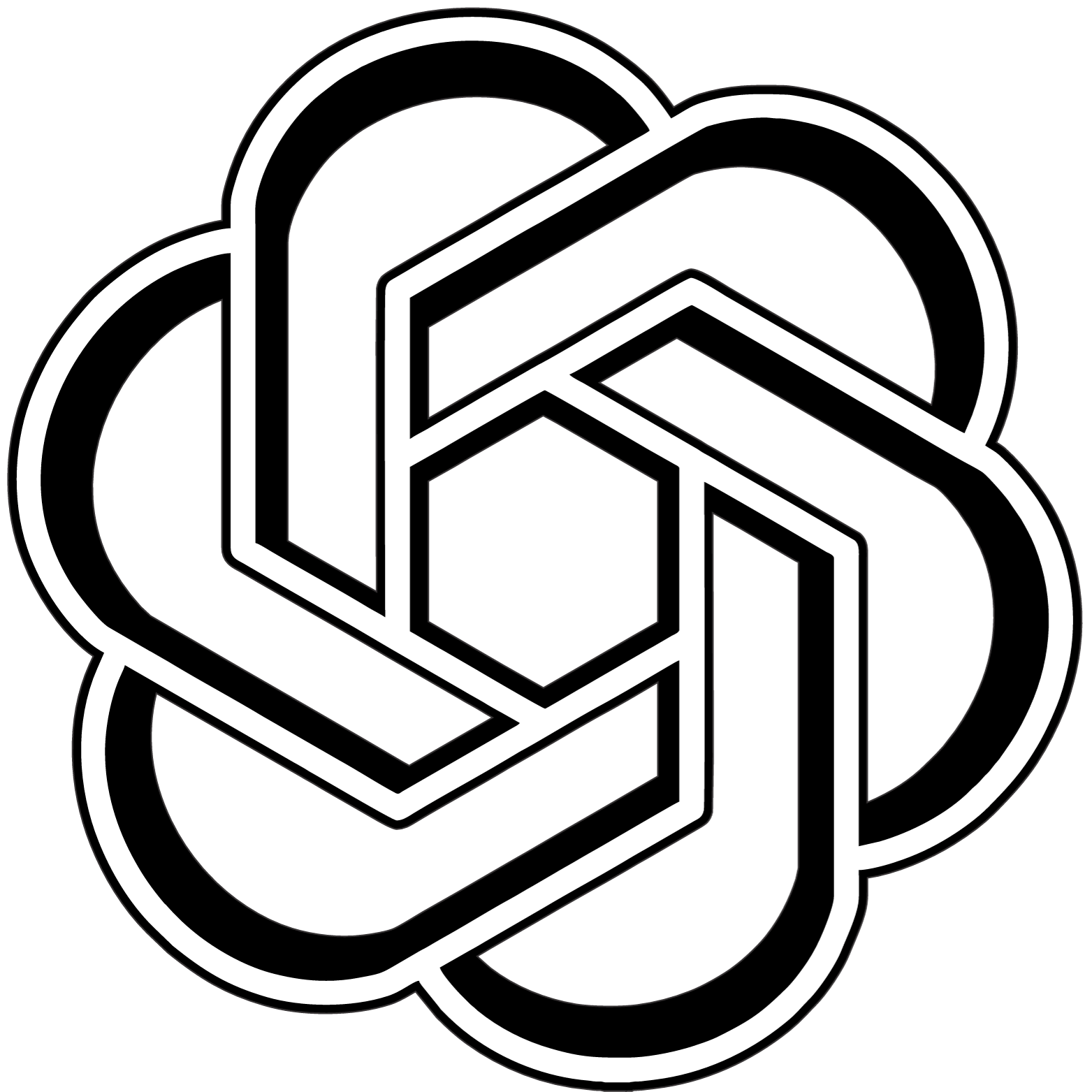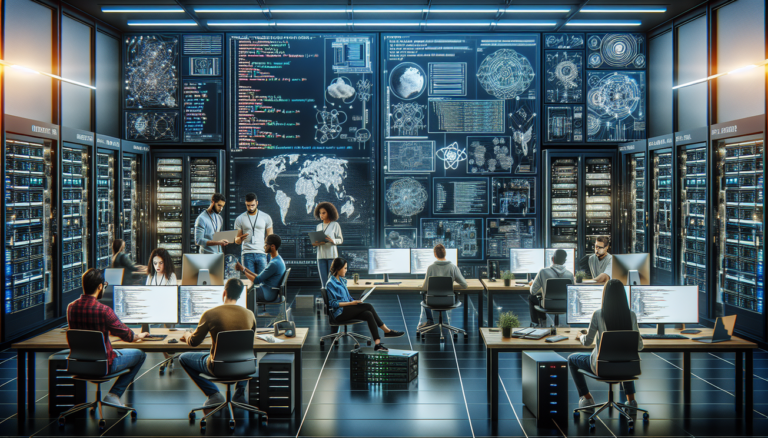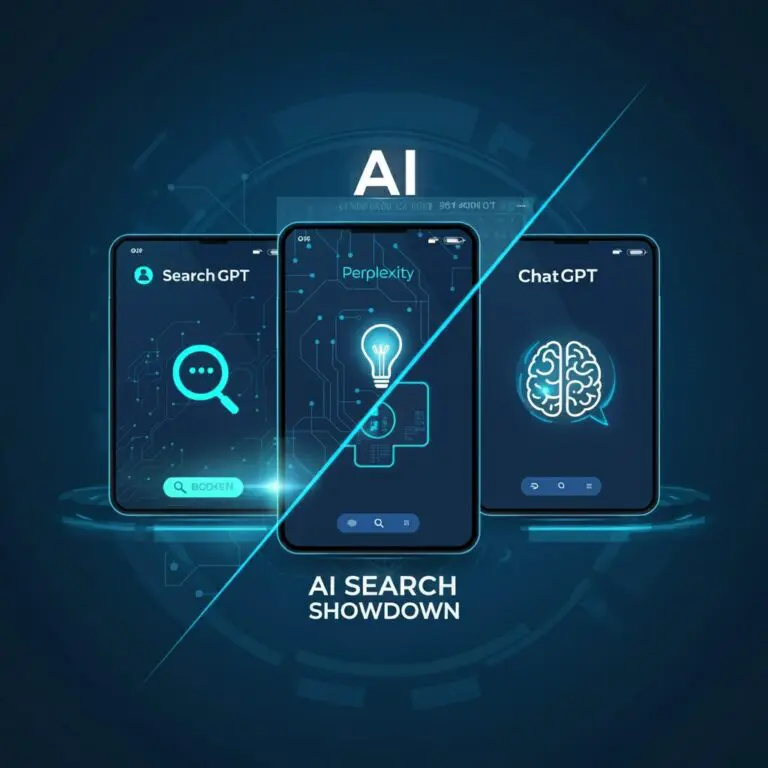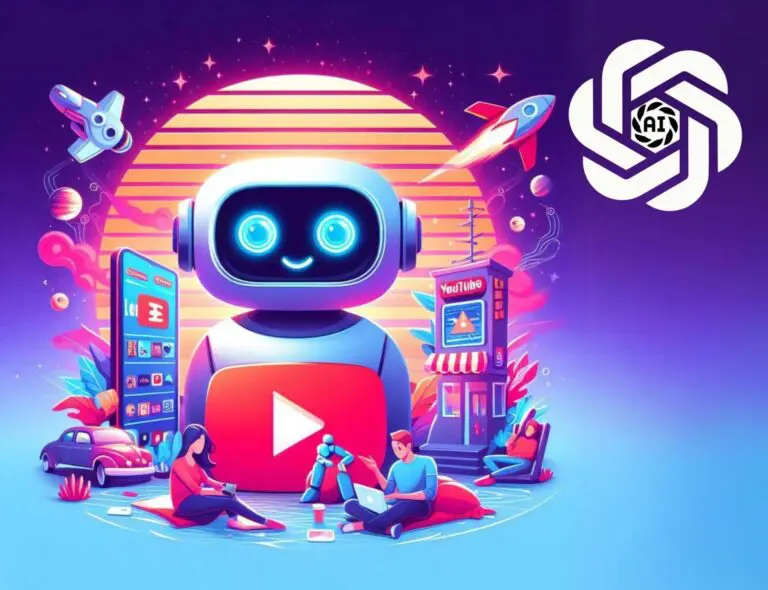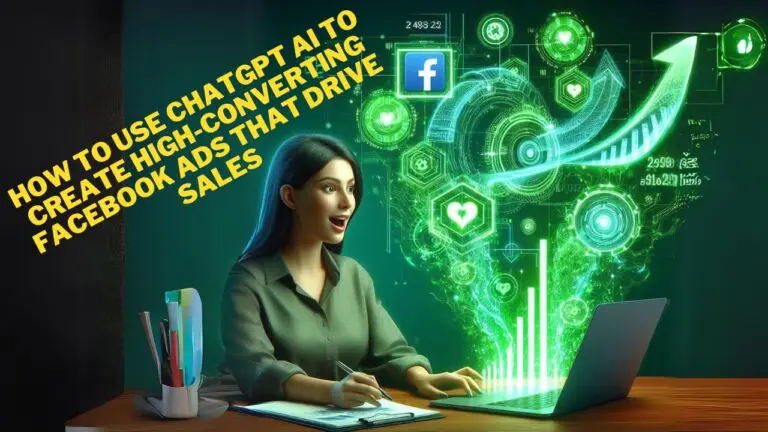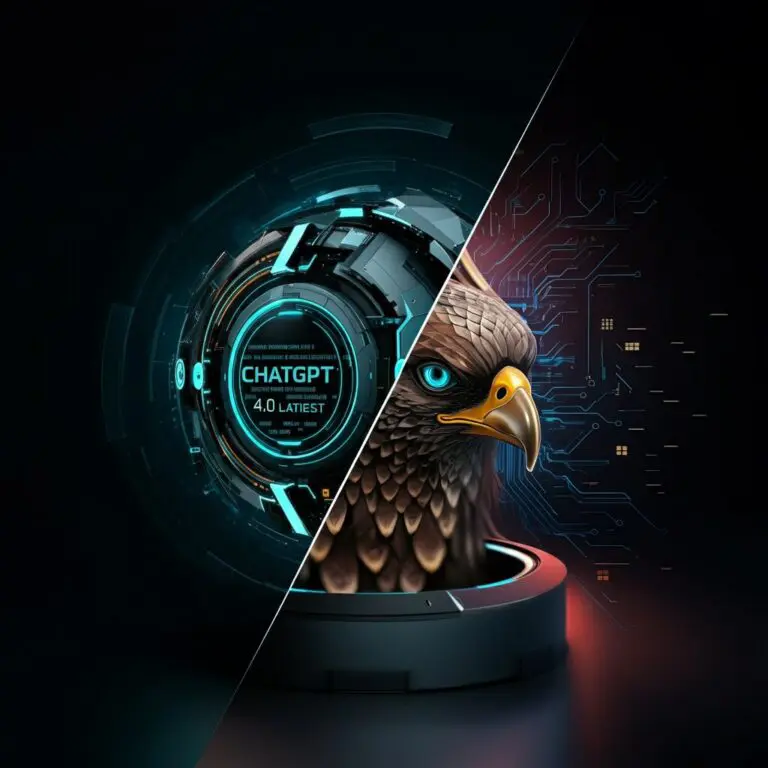Who Is Behind ChatGPT
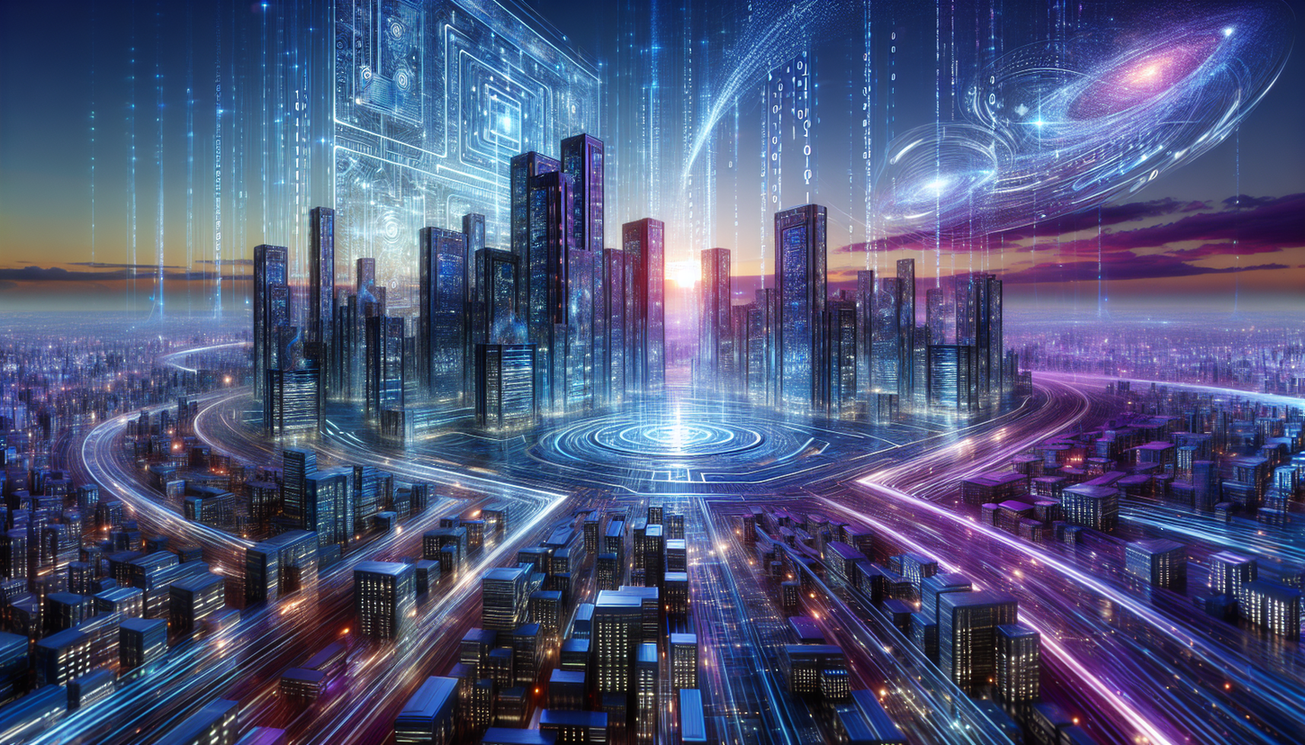

ChatGPT has emerged as a groundbreaking innovation, transforming the way we interact with artificial intelligence. With its ability to converse in a human-like manner, the AI chatbot has captivated users around the globe, pushing the boundaries of technology and understanding. But who is behind this remarkable creation? To answer this question, we must delve into the intricate web of talent, vision, and collaboration that has driven the development of ChatGPT and its parent company, OpenAI.
At the heart of this endeavor lies OpenAI, a research organization founded in December 2015 by a group of visionaries, including Sam Altman, Greg Brockman, Elon Musk, Ilya Sutskever, Wojciech Zaremba, and others. The primary goal of OpenAI is to ensure that artificial general intelligence (AGI) benefits all of humanity. This lofty mission has guided the organization’s research and development efforts, laying the groundwork for innovations like ChatGPT.
The Visionaries Behind OpenAI
OpenAI is not merely a product of individual brilliance; it is the result of a diverse team of experts coming together with a shared vision of ethical and accessible AI. Sam Altman, the current CEO, has played a pivotal role in steering the organization toward its ambitious goals. His leadership has been marked by a commitment to transparency and collaboration, which are essential in the rapidly evolving landscape of AI technology.
Elon Musk, a co-founder of OpenAI, significantly influenced the organization’s early trajectory through his financial support and forward-thinking perspective on technology. However, Musk departed from OpenAI’s board of directors in 2018 to avoid any potential conflicts of interest, as he continued to develop AI technologies through his various ventures, including Tesla and SpaceX. While Musk’s direct involvement may have waned, his initial contributions have left a lasting impact on the company’s ethos.
Ilya Sutskever, one of the original founders and the current Chief Scientist, has been instrumental in the technical advancements that have shaped ChatGPT. His expertise in machine learning and neural networks has fueled the development of the foundational language models on which ChatGPT is built. Under his guidance, OpenAI has made significant strides in natural language processing (NLP), enabling the creation of models that understand context, humor, and nuance in conversation.
The blend of backgrounds among OpenAI’s founders has been one of its strengths. With experts in technology, ethics, and business, the organization has cultivated a culture that balances innovation with responsibility. This collaboration fosters a dynamic environment where groundbreaking ideas can flourish, leading to the creation of ChatGPT.
The Evolution of ChatGPT
The journey of ChatGPT began with the development of the Generative Pre-trained Transformer (GPT) architecture, which has evolved through several iterations. The first version, GPT, was released in 2018, setting the stage for the subsequent models—GPT-2 in 2019 and GPT-3 in 2020. Each iteration brought significant improvements in the model’s ability to generate coherent and contextually relevant text, culminating in the highly advanced GPT-4.
ChatGPT was officially launched by OpenAI on November 30, 2022, and it rapidly gained traction, demonstrating the immense potential of AI in everyday applications. Within just five days, over one million users had signed up to explore its capabilities. This overwhelming response was fueled by the chatbot’s remarkable ability to understand prompts and generate human-like responses across various topics, from casual conversation to complex problem-solving.
The success of ChatGPT can be attributed to the meticulous research and testing conducted by the OpenAI team. Rigorous training on vast datasets has allowed the model to learn from human interactions and refine its language processing abilities. This deep learning approach has enabled ChatGPT to respond with creativity and insight, catering to diverse user needs.
What Makes ChatGPT Unique
What sets ChatGPT apart from other AI chatbots is its sophisticated language model and the innovative techniques that underpin its functionality. Leveraging large-scale neural networks, ChatGPT processes and generates text with a level of complexity and coherence that was previously unattainable. This capability is supported by the transformer architecture, which allows the model to analyze relationships between words and phrases in ways that mirror human cognition.
Moreover, ChatGPT has been designed with a focus on user experience. Its interface encourages natural conversation, making it easy for users to interact with the chatbot in a relatable manner. This focus on user engagement is pivotal, as it fosters a sense of connection with the technology, enhancing the overall experience.
The conversational ability of ChatGPT extends beyond mere responses; it incorporates an understanding of context and emotional tone, allowing it to engage users more deeply. This emotional intelligence is crucial in applications ranging from customer support to educational tools, where empathy and understanding can significantly improve outcomes.
The continuous development of ChatGPT is also marked by OpenAI’s commitment to ethical AI usage. The organization actively seeks user feedback and implements safety measures to prevent harmful outputs, ensuring that the technology serves as a beneficial tool for society.
The Broader Impact of ChatGPT
The impact of ChatGPT extends far beyond individual users. Businesses and organizations are increasingly integrating this technology into their operations, revolutionizing customer service, content creation, and data analysis. The potential applications are vast, with industries recognizing the value of efficient communication and enhanced productivity.
For instance, customer service departments are utilizing ChatGPT to handle inquiries, providing immediate assistance while freeing up human agents to tackle more complex issues. Content creators are leveraging the model to generate ideas, draft articles, and even compose creative works, effectively enhancing their productivity and creativity.
Moreover, the educational sector is exploring innovative ways to incorporate ChatGPT into learning environments. The chatbot can serve as a tutoring aid, providing explanations and assistance in real-time, thereby enriching the learning experience for students. Its ability to personalize interactions enables tailored educational pathways for learners, accommodating various learning styles and preferences.
As ChatGPT continues to evolve, its influence on society will likely expand. The model’s capabilities may lead to new applications that we have yet to envision, fundamentally altering how we communicate and interact with technology.
OpenAI’s Commitment to Responsible AI
As leaders in the AI landscape, OpenAI recognizes the importance of responsible development and deployment of their technologies. With the rapid evolution of AI capabilities, ethical considerations are paramount. OpenAI is dedicated to ensuring that AI technologies, like ChatGPT, are used safely and responsibly.
The organization employs a multi-faceted approach to mitigate risks associated with AI. This includes ongoing research into biases in AI systems and the implementation of guidelines for ethical usage. OpenAI understands that AI has the potential to perpetuate existing societal biases, and it actively works to address these issues to foster an equitable technology landscape.
Transparency is another cornerstone of OpenAI’s mission. By openly sharing research findings and engaging with the public about AI’s implications, OpenAI aims to demystify the technology and promote informed discussions. This engagement is crucial not only for building trust but also for fostering collaboration between developers, researchers, and users.
Additionally, OpenAI has established partnerships with various organizations and institutions to further its commitment to responsible AI. These collaborations enable the organization to tap into diverse perspectives and expertise, enriching the conversation around AI ethics and safety.
The Future of ChatGPT and OpenAI
Looking ahead, the future of ChatGPT and OpenAI is bright. As technology continues to advance, so too will the capabilities of language models. OpenAI remains dedicated to pushing the boundaries of what is possible, with ongoing research aimed at enhancing the model’s understanding and responsiveness.
The organization is also exploring ways to make ChatGPT more accessible to a broader audience. This includes improving the model’s performance across different languages and dialects, fostering inclusivity in AI technology. By ensuring that more people can benefit from its capabilities, OpenAI aims to democratize access to advanced AI tools.
Furthermore, the integration of AI into daily life is expected to deepen, altering how we interact with technology and each other. OpenAI’s commitment to ethical considerations will guide this evolution, ensuring that advancements in AI lead to positive societal outcomes.
As the world continues to grapple with complex challenges, the potential for AI to assist in problem-solving is immense. OpenAI envisions a future where AI is seamlessly integrated into various domains, enhancing human capabilities and fostering collaboration between man and machine.
In conclusion, the story of ChatGPT is one of innovation, collaboration, and a commitment to responsible technology. Behind this remarkable chatbot lies a team of dedicated individuals and a vision that prioritizes the well-being of humanity. As we stand on the brink of a new era in AI, the possibilities are endless, and the journey has only just begun. For those interested in exploring more about the history and impact of ChatGPT, resources such as Forbes and Tech.co provide insightful perspectives on the evolution of this transformative technology.
